
Tom Brown is the Chief Exec of the Green Light Trust, a Suffolk based charity providing nature-based interventions for the most vulnerable groups in our society. Here he explains how the Trust has managed to keep supporting people throughout the pandemic
It is fair to say that access to green spaces has proved to be vital to the mental wellbeing of so many throughout lockdown. And a shining example of how access to the natural environment can help people is Bury St Edmunds-based charity, the Green Light Trust (GLT). Since its formation in 1989 the charity has helped thousands of people challenged with mental health issues.
In fact, it supports around 2,000 adults and children per year, those who are facing a range of considerable challenges, including social exclusion and mental wellbeing.
The GLT is based at The Foundry in Lawshall, near Bury St Edmunds and one of its great success stories is nearby Frithy Wood – a major initiative which started in 2012. Thanks to an allocation from the Heritage Lottery Fund, and support from other bodies, the GLT was able to the purchase of the ancient woodland itself.
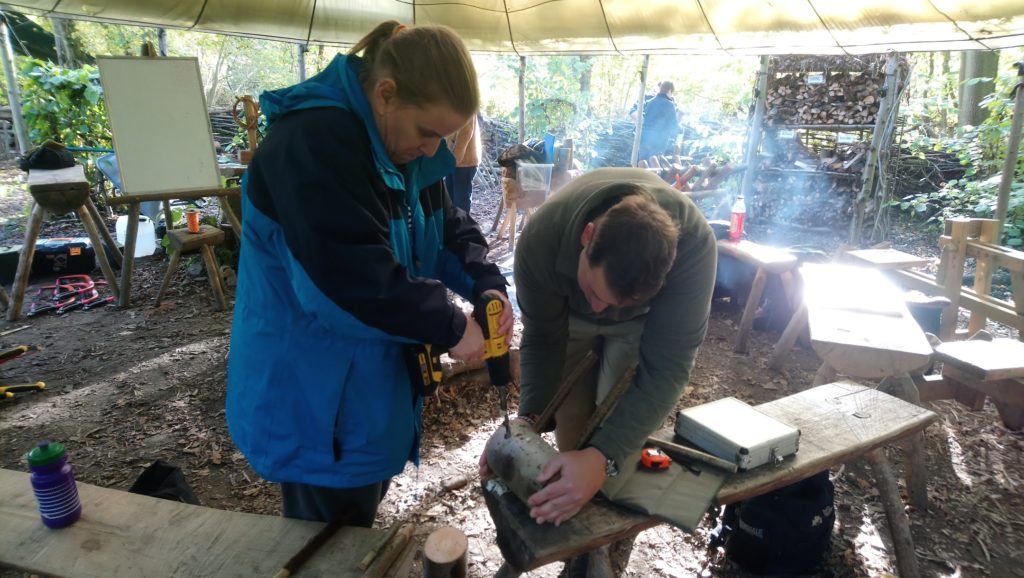
Tom Brown is the Chief Exec of the GLT, and has been in the role since for more than three years, although he says: ‘I joined the Trust just over eight years ago. I used to run the Arboriculture and Forestry department at Otley College and prior to that I ran my own tree surgery business.’
He came to manage the so-called ‘Restoring the Repertoire’ project at Frithy Wood. He says of intervening years for the charity: ‘One thing has led to another and we’ve kind of grown quite significantly in that time. We have more than 40 members of staff delivering in multiple locations in Suffolk and up into Norfolk.’ Other locations include West Stow Country Park and RSPB Minsmere, plus the GLT is also a Forest School provider.
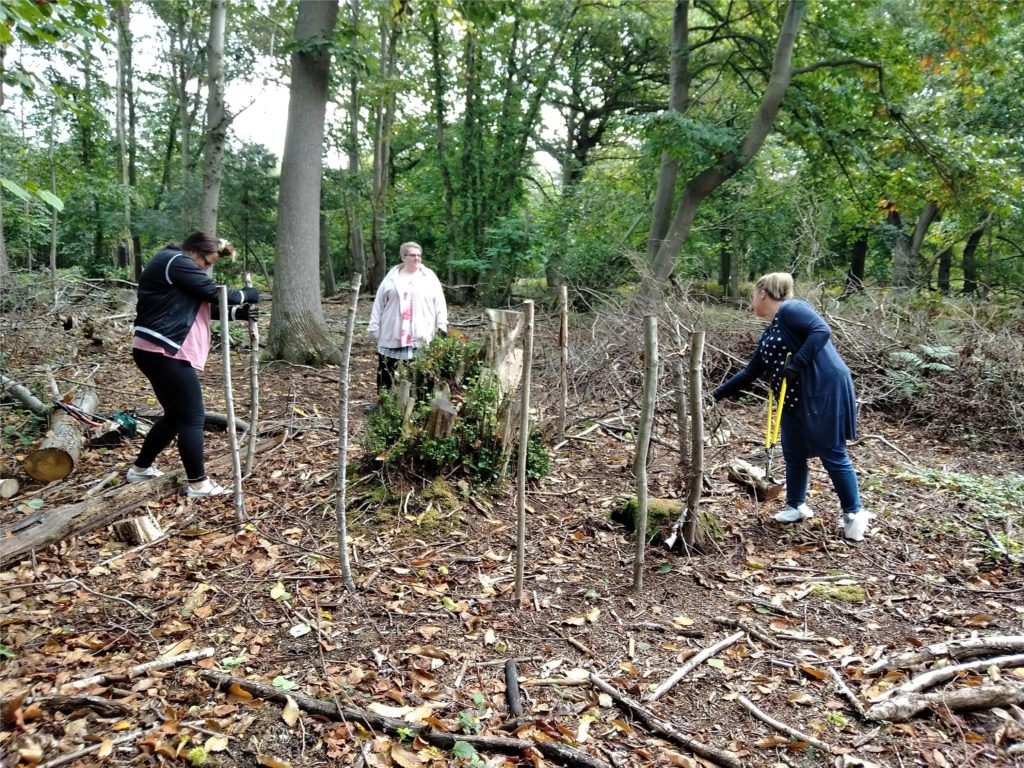
Tom says: ‘Our vision is that everyone has equitable access to the power of nature. We work with the people who wouldn’t go to a RSPB site. We actually seek those people who have most to gain from nature but don’t.’
Adults who are experiencing all kinds of issues, not least poor mental health and emotional wellbeing, have benefitted over the years, and Tom adds: ‘We work with child and young people on the periphery of education.’
‘I guess the one common theme across all work is we are supporting those who are slipping through the cracks in society.
‘We use the natural environment as a means to engage people to work on increasing their confidence and self-esteem – and reducing their anxiety.’
In order to achieve this, the GLT has developed a range of structured programmes, with natural woodland and green spaces as the catalyst.
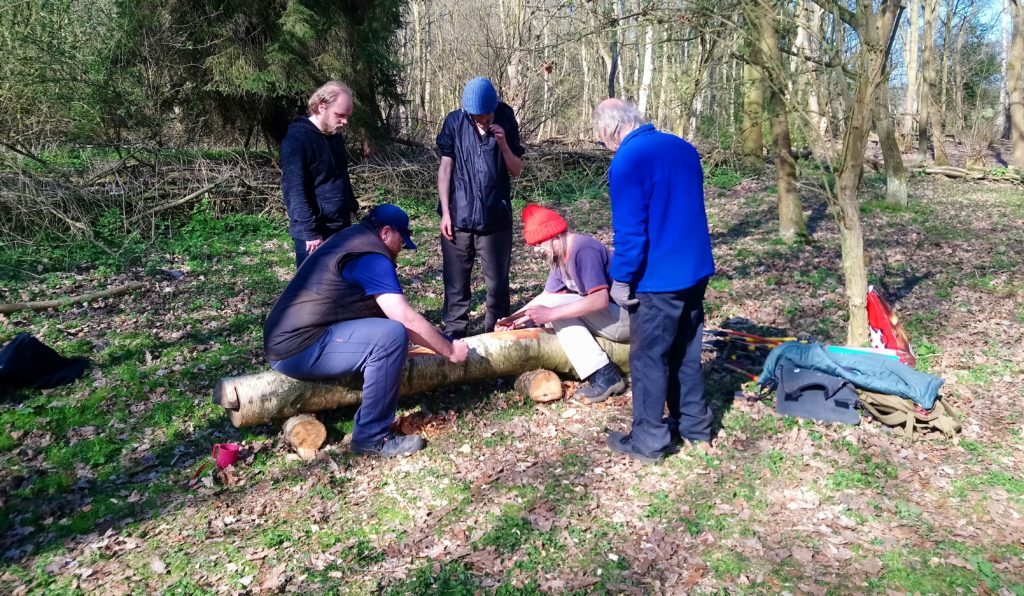
So what happened to those programmes when the first lockdown happened, one year ago? ‘We weren’t entirely sure where the impact would be, but we felt it straightaway,’ says Tom. ‘Pretty much everything we had done had been face to face in the woods, at The Foundry or on the forest school sites.’
However, he adds: ‘Very quickly, within a week of the first lockdown, we were already delivering an online version of what we do.’
The result was the Air programme (in contrast to the in-person, woodland-based Earth programme). ‘We engaged with people through Zoom and set up a TV channel on Vimeo.’ He continues: ‘We were sending out data enabled mobile phones, as an awful lot of people with work with don’t have access to the internet. Over that first eight-week period, the air programme was born and we are still running it.’
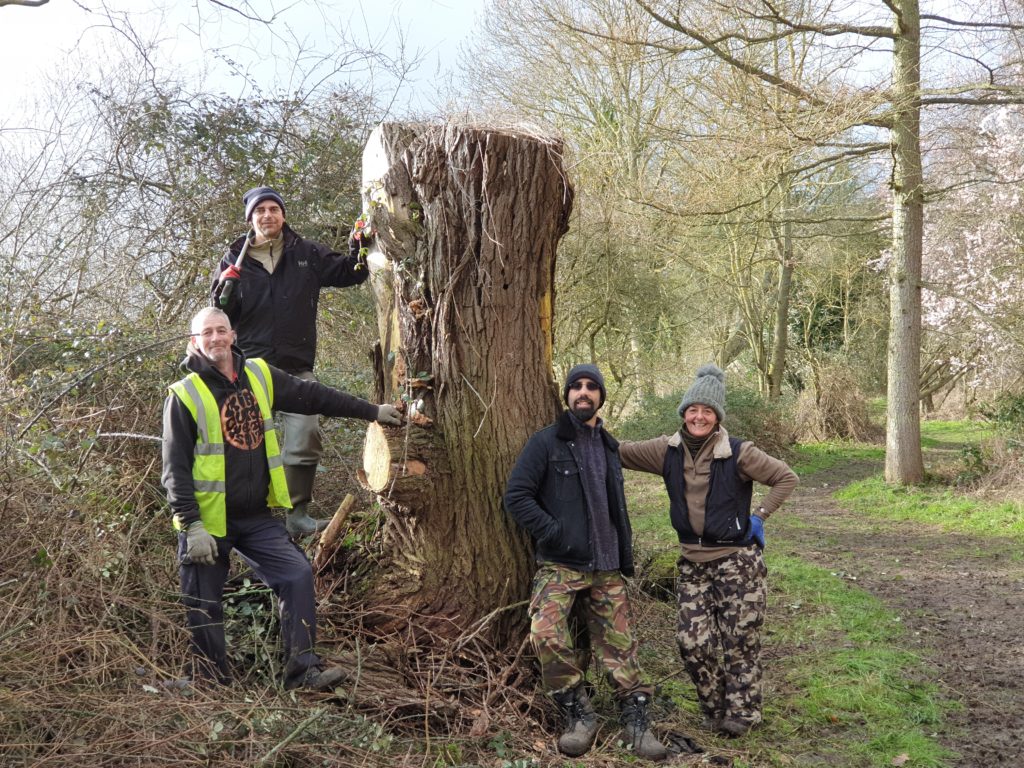
Tom adds: ‘It was really hard work but actually I think we came out of it stronger.’ The team are well aware of the impact the Covid-19 pandemic has had on the mental health of the people the GLT sets out to help. ‘We saw quite a deterioration in people and huge volumes of people being referred to us,’ he says. ‘We’ve seen more people with higher needs.’
Now we are on the roadmap out of the third lockdown, the Earth woodland courses for both adults and children and young people have resumed.
This week, Suffolk County Council revealed more than 90 per cent of respondents strongly support the idea of establishing ‘healing woods’ in response to the pandemic. And that two in every three respondents to the survey, said that the pandemic had negatively impacted on their mental health and wellbeing.
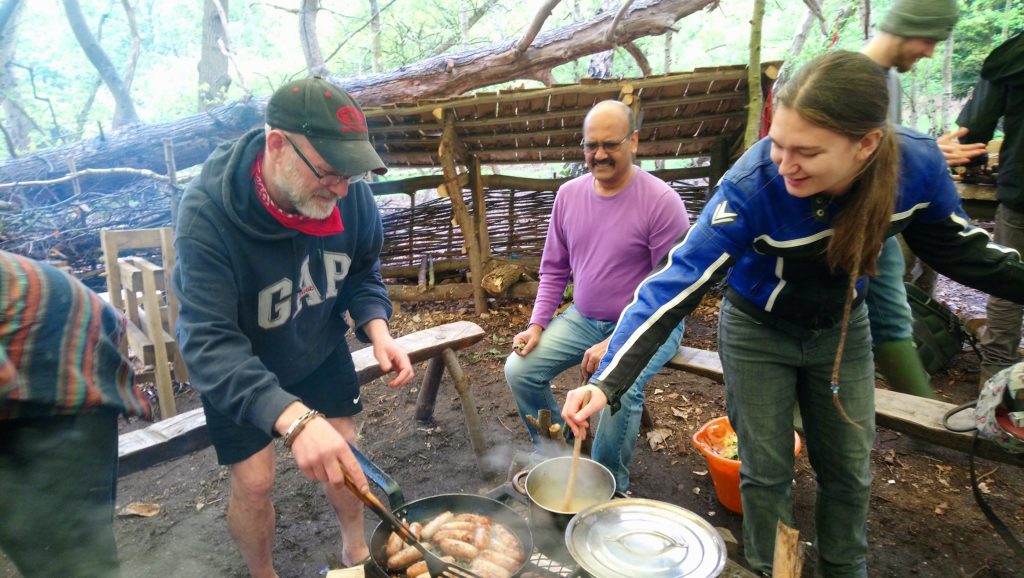
The ‘healing woods’ project connects with the motion unanimously passed by the county’s councillors last week, to commit to developing mental health support in the county.
To coincide with the release of the survey, the County Council has shone a particular light on the GLT project at Castan Wood in Martlesham. The woods are on land owned by Suffolk County Council but leased to the Trust as a safe and secure setting where educational courses and wellbeing support can take place, often working with vulnerable people. More than 200 adults and around 80 children benefit each year through organised programmes at the site.
Tom says: ‘Our project at Castan Woods is an excellent model to show that healing woods and spaces really make a difference. We have a great relationship with Suffolk County Council already and look forward to helping support the creation of more of these inclusive spaces, and empowering local communities to come together and to get involved.
‘We work every day with those in our community with complex challenges and needs. Through our programmes, they turn their lives around through the healing power of natural woodlands. It simply transforms lives.’
‘The pandemic has highlighted the inequalities in our society and pinpointed that some communities face bigger hurdles when accessing the nurturing power of nature, some feel it’s not for them. This is an opportunity to redress the balance. For example, we have recently been working with the Ipswich and Suffolk Council for Racial Equality, to explore how we can open up nature to the communities they work with.
‘Access to woodlands and green spaces has been vital to the mental wellbeing of so many throughout lockdown and it is only right that we make sure that everyone has equal access to those benefits in the future.’
Furthermore, research recently published by the University of Essex, in collaboration with the GLT, also demonstrated that access to woodlands and green space can significantly improve people’s wellbeing. Plus there are health and social care cost saving implications to all of this, running into thousands of pounds per individual per year. ‘That’s a hugely significant impact,’ notes Tom.
Meanwhile, the GLT is busy making more moves into Norfolk, having been awarded nearly £250,000 funding through the government’s Green Recovery Challenge Fund.
The so-called ‘Inclusive Conservation’ project is seeing it partner with organisations such as the RSPB and National Trust. ‘We’ve already started working at Strumpshaw Fen,’ says Tom, ‘and there are two other sites in Norfolk we are getting up and running at the moment.’
‘We’ve always had a presence in Norfolk, in the Great Yarmouth and Norwich area, but the vast majority of work has been around women and families in refuges so not a lot of people know about that work,’ says Tom.
He predicts that in two to two and half years’ time the GLT will have ‘full coverage across Norfolk as well.’
As for this year? Tom is ever-optimistic: ‘We are not overly concerned about the roadmap. We are trying to own our own direction.’
Visit https://www.greenlighttrust.org/. And to suggest where sites for healing woods and spaces could be adopted or created, contact Suffolk County Council at HealingWoods@suffolk.gov.uk
(Picture credits: Green Light Trust)








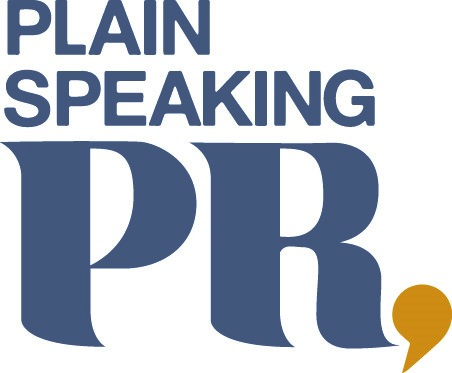
Leave a Reply